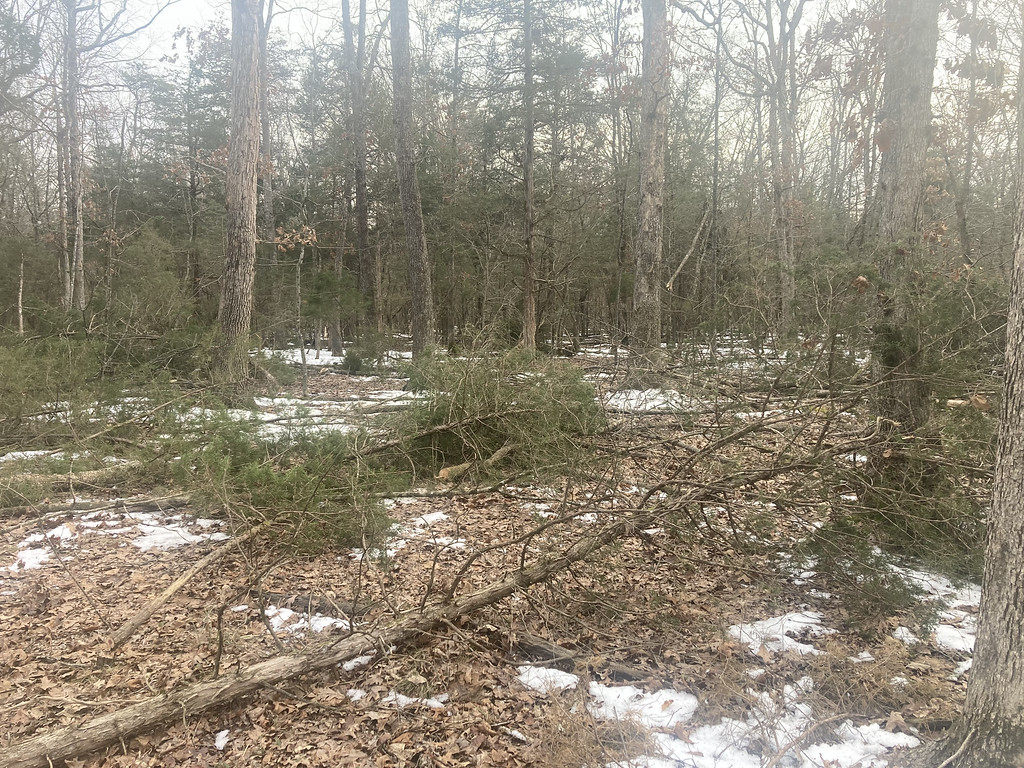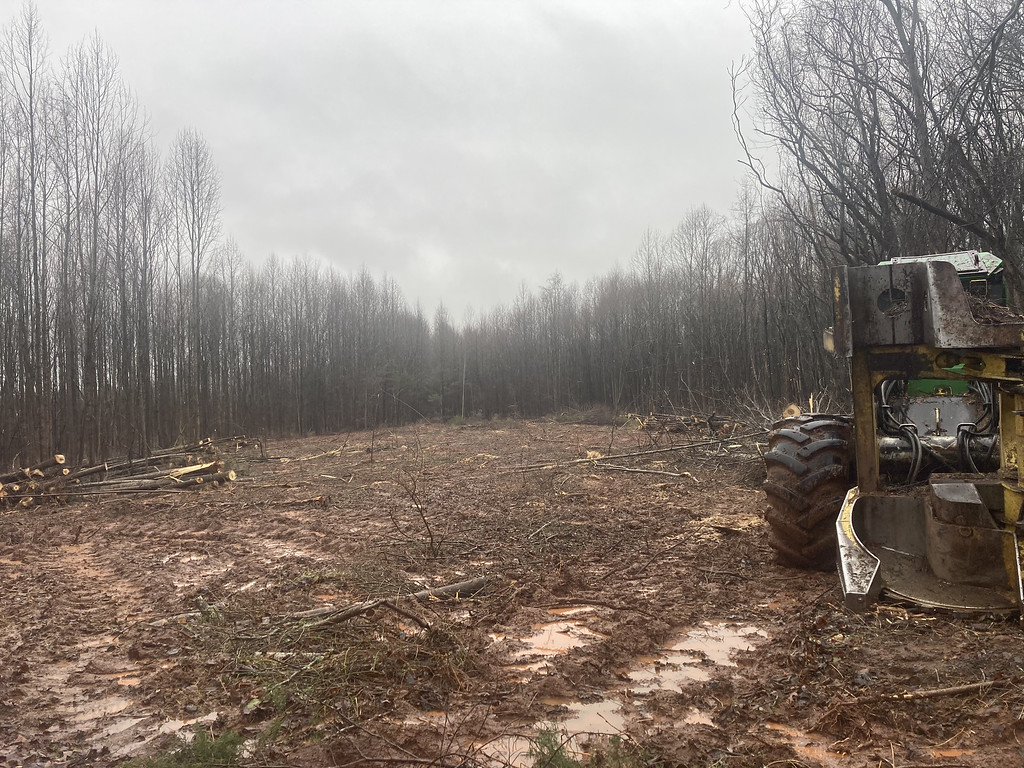John Paul
Well-Known Member
Smaller stuff is just pulp. Not a lot of money in it for us but again something is better than nothing.Curious as to what your logger's market for poplar is?
G
Smaller stuff is just pulp. Not a lot of money in it for us but again something is better than nothing.Curious as to what your logger's market for poplar is?
G


So much right going on here!I started at another part of the farm today. Trying to put in an oak savanna in this patch of woods. Cut for an hour and 95% of everything I cut was cedars and dead ash trees. Once we get a couple acres finished I think we are going to put a fire break around the cut area and burn it this Spring.


Maybe I’ll get done with it all in the next 20-30 years!So much right going on here!
Looks like a beautiful oak savanna in the making. Don't let fire get hot around white oaks they aren't as fire sturdy as other oaks.
G
It looks like a heavy layer of leaf litter in this oak savannah area. If you want volunteer forbs growing for deer food it would be good to do some scarification in this area with a piece of machinery. Basically any type of machinery like a skidloader or FIL pushing brush on piles would rip up the leaves enough to give grasses and forbs a head start.I started at another part of the farm today. Trying to put in an oak savanna in this patch of woods. Cut for an hour and 95% of everything I cut was cedars and dead ash trees. Once we get a couple acres finished I think we are going to put a fire break around the cut area and burn it this Spring.


I started at another part of the farm today. Trying to put in an oak savanna in this patch of woods. Cut for an hour and 95% of everything I cut was cedars and dead ash trees. Once we get a couple acres finished I think we are going to put a fire break around the cut area and burn it this Spring.


I want to help burn. Give me a holler when this is happening if you could use some unskilled labor.
Sent from my iPhone using Tapatalk
It looks like a heavy layer of leaf litter in this oak savannah area. If you want volunteer forbs growing for deer food it would be good to do some scarification in this area with a piece of machinery. Basically any type of machinery like a skidloader or FIL pushing brush on piles would rip up the leaves enough to give grasses and forbs a head start.
No, burning is just as good as scarifcation, but brings different results, fairly identical to tillage vs no-till in fields, and I like to do a little of both. Scarification brings fast regrowth of forbs by quickly releasing nutrients, while burning promotes slower regrowth of trees with more longterm potential by preserving the topmost layer of topsoil. Since you need some fields lanes anyway, there's your opportunity to provide a mix.So you’re saying that just burning the leaf litter off won’t stimulate the forb growth? New to this so just asking questions.
That publication is Rocky Mountains soils.
oak savannas are created and maintained by fire.
John Paul's potential oak savanna pictured above will be a very easy burn. A flat site that should give him a steady backburn. His burn will be patchy because cedar leaf liter doesn't burn worth a darn and the oak leaf liter doesn't look to be heavy enough to carry a good burn. Subsequent burns as grass starts to come up will help carry a burn. My one concern is the seeds that have been dropped under those cedars, he could end up with 10,000 autumn olive seedlings. Which subsequent fire would be needed at a more frequent interval to control. One burn could turn that spot into a food plot almost immediately.
G
No, burning is just as good as scarifcation, but brings different results, fairly identical to tillage vs no-till in fields, and I like to do a little of both. Scarification brings fast regrowth of forbs by quickly releasing nutrients, while burning promotes slower regrowth of trees with more longterm potential by preserving the topmost layer of topsoil. Since you need some fields lanes anyway, there's your opportunity to provide a mix.
If I can get some real equipment in there it would total 10-15 acres. I’m just trying to get a couple acres done by hand and get burned off this Spring since I don’t know if we can get to the rest of it till late summer with some equipment.How big of an area is this savannah?
They started logging a 20 acre poplar forest today. Half of this will go back to row crop the other half will be a bedding thicket.

How are they getting stumps up?
Sent from my iPhone using Tapatalk
